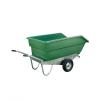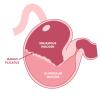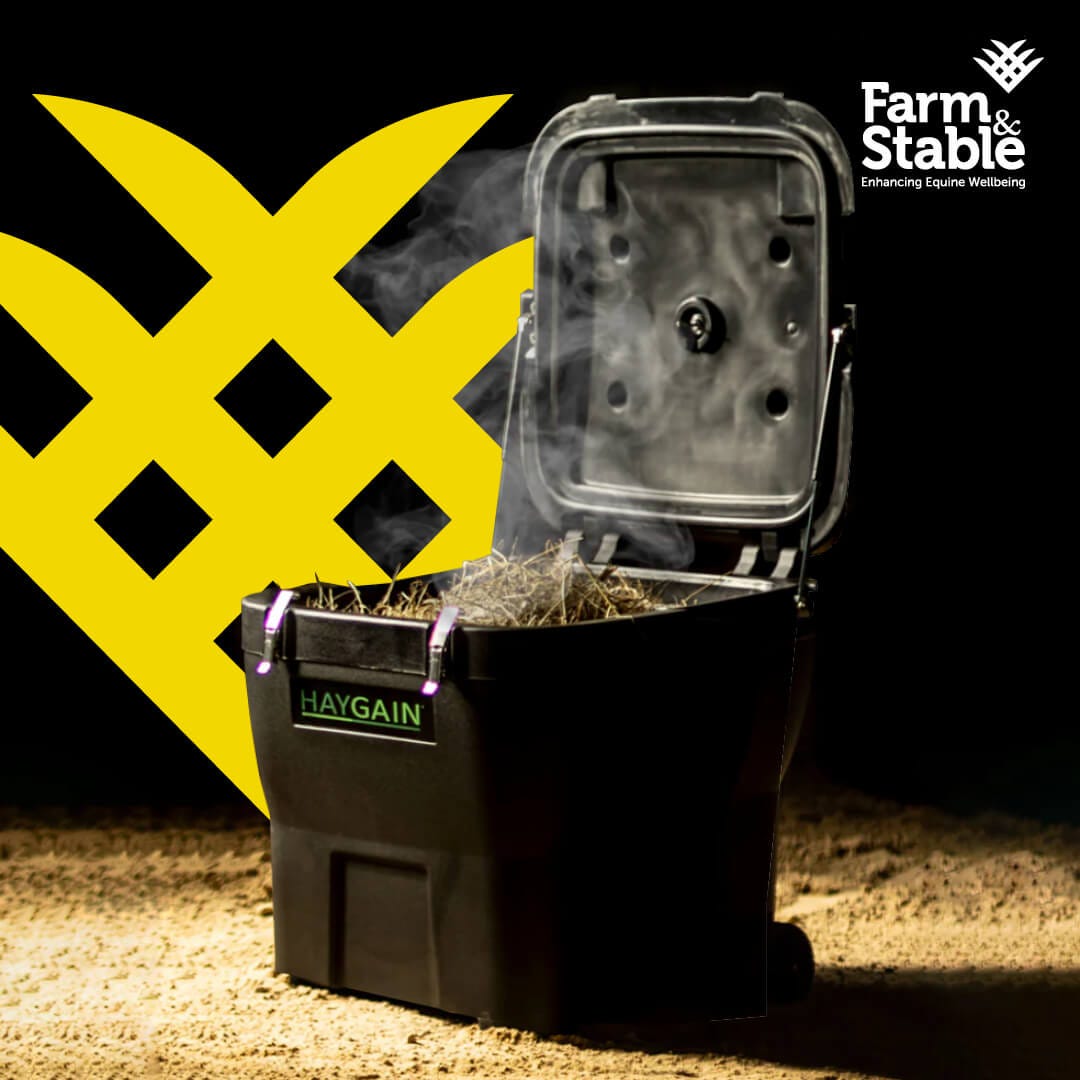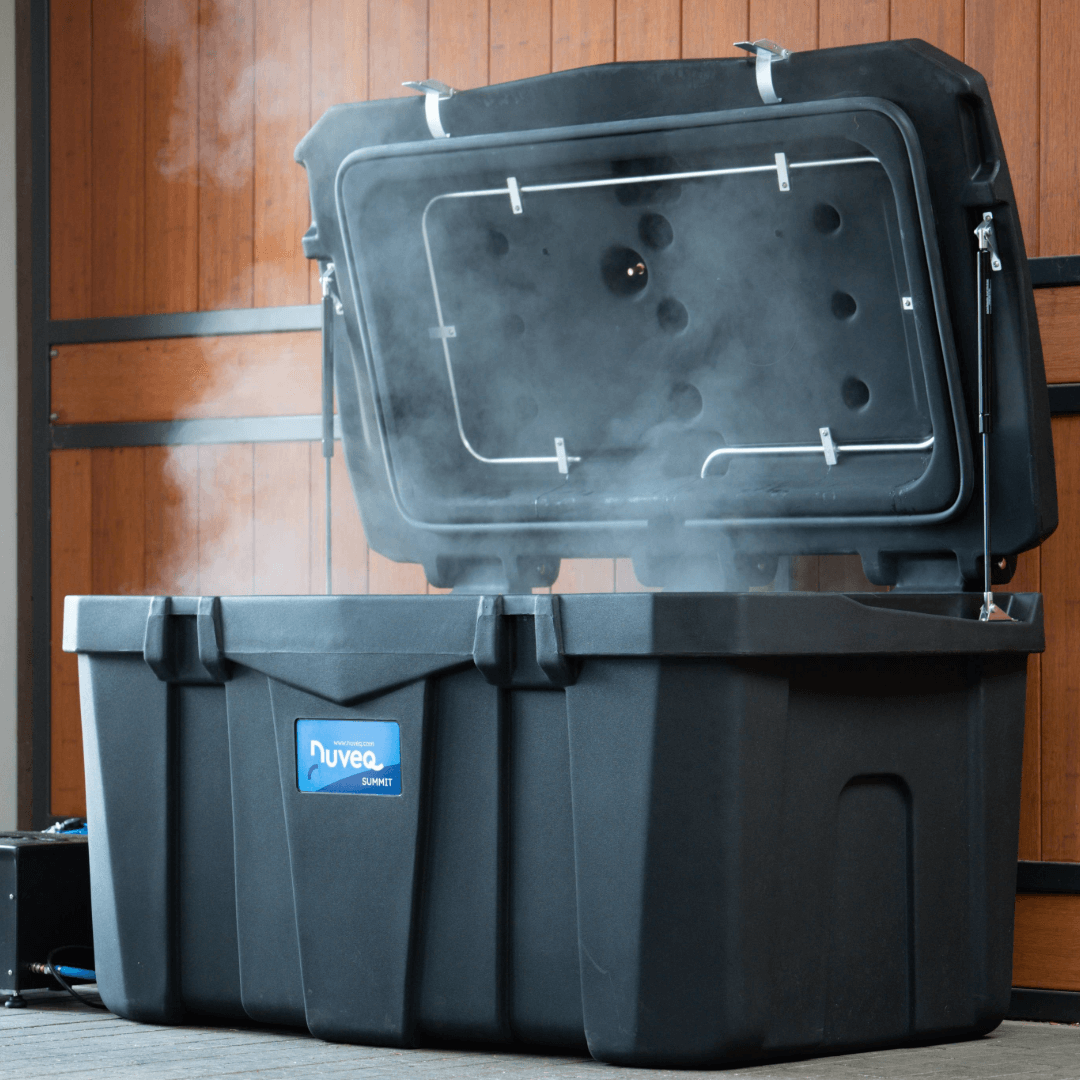1. NUTRITION
All horses in training should receive a balanced diet, if they are expected to perform at the very highest level. Nourishment of the hoof and the underlying structures should receive primary attention, as they are the foundation of the horse. Lameness is the biggest reason for under performance in the horse, and interestingly foot lameness is the most common type of lameness seen in the equine athlete.
The most critical vitamin in the process of hoof growth and regeneration is Biotin. It is a member of the B vitamin family, but historically was referred to as vitamin H. It is available in plentiful supply in good grass/legume mixtures but is otherwise poorly available from other food sources.
Intestinal synthesis of Biotin is inadequate for active horses and its production is severely compromised by reductions in caecal ph. Dietary supplementation with Biotin is essential to maintain hoof strength and integrity. It has been shown that hoof problems may be resolved by using very high levels of Biotin (>20mg./day) over an extended period of time.
However, it is important to note that Biotin supplementation is probably most effective for horses with hoof defects involving the stratum externum. In one study (Kempson et al 1987) a team at the University of Edinburgh located the exact origin of the hoof defects in the hoof horn using a scanning electron microscope. They showed that cracks in the stratum externum typically showed a loss of horn material in the outer layer. Other cracks involved the stratum medium and stratum internum due to a breakdown of structural organisation in these layers. On furtherinvestigation they realised that horses with defects in the stratum externum responded very well to Biotin supplementation, whereas cracks that involved the deeper layers benefited most from the addition of protein and calcium to the diet.
Horses with defects in the stratum medium and stratum internum respond better to supplementation with a combination of Calcium, Protein, bioavailable Sulphur, Zinc and Biotin, rather than just Biotin alone. High levels of protein in the diet favour the uptake of Calcium, which is essential for cohesion of the hoof wall. Amino Acids are the building blocks of protein, which is vital for complete healing, and improved integrity of Keratin Sulphate – the main protein in the hoof horn. Bioavailable Sulphur, whether in the form of MSM, or Methionine, is also an extremely important nutrient in the diet of the horse, especially with regard to hair and hoof growth, and integrity of connective tissue. The importance of Sulphur in relation to improved hoof growth relates to the durability of the Keratin Sulphate molecule, which relies on the integrity of its numerous disulphide bonds made up of Sulphur-bearing amino acids. The major function of Zinc in the body is to act as a component of many metalloenzymes involved in protein and carbohydrate metabolism. A deficiency of Zinc may impair cellular division, and so its presence is paramount for the proper healing of all epidermal tissue, especially the hooves.
2. FOOT HYGIENE
First and foremost, stables should be designed to incorporate a ‘’run-off’’ for urine and water; ammonia in manure and urine will cause the hoof to soften and create perfect breeding conditions for bacterial infections such as thrush, and other fungal infections. Hooves should be picked out on a regular basis to remove any debris picked up. Fresh air should be a priority in the stable environment. The choice of bedding is subjective, but in any case it is important that bedding, with a tendency to dry out the hoof, should be avoided. Bedding should be kept as fresh as possible. The use of a disinfectant powder like Santil Prosan is highly recommended as it reduces ammonia and absorbs moisture in bedding, which in turn helps foot condition & hygiene.
3. FARRIERY
A qualified farrier should always conduct trimming and shoeing work. The farrier has a huge influence on the balance of the foot. Preparation of the hoof, the type of shoe used, and its placement, will all affect the displacement of force on the forefoot and adjoining limb. Many hoof defects are multi-factorial in their origin. Incorrect shoeing and neglect can be one of the pre-disposing factors to disease and the breakdown of hoof horn function, cracks and brittle hooves.
Featured Products: Hoofmaker/Hoof Conditioner/Biotin/Hoof Oil/Prosan
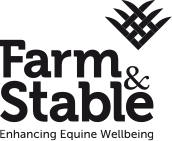

 Forgotten your password?
Forgotten your password?  Free Delivery on all orders over £95+VAT
Free Delivery on all orders over £95+VAT

